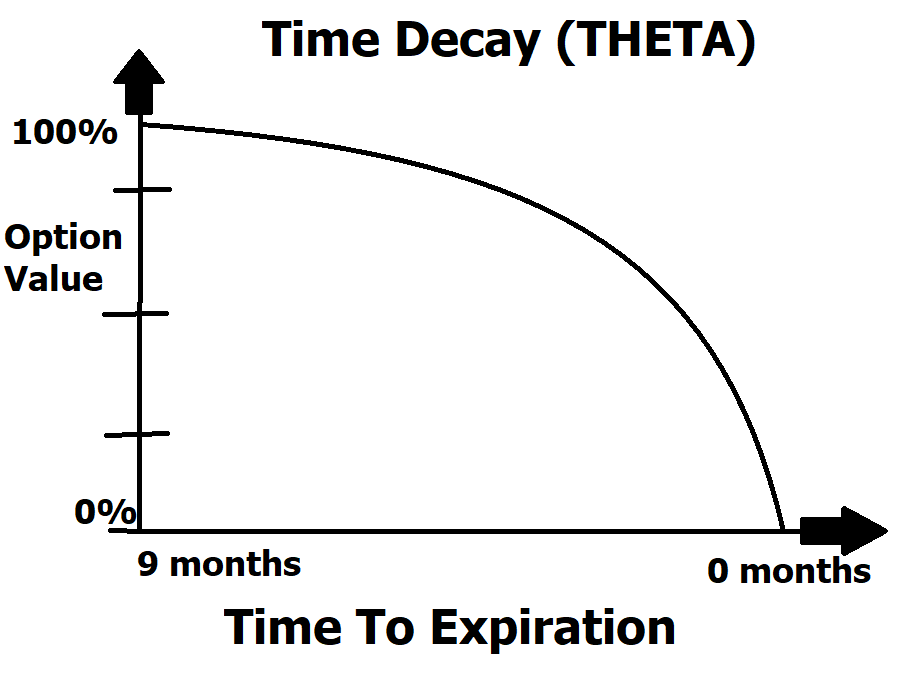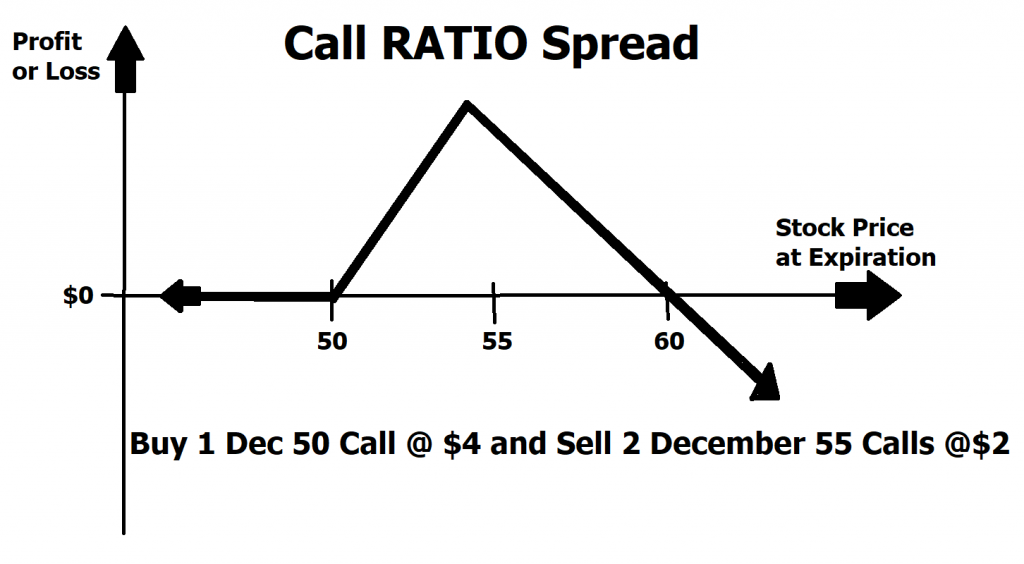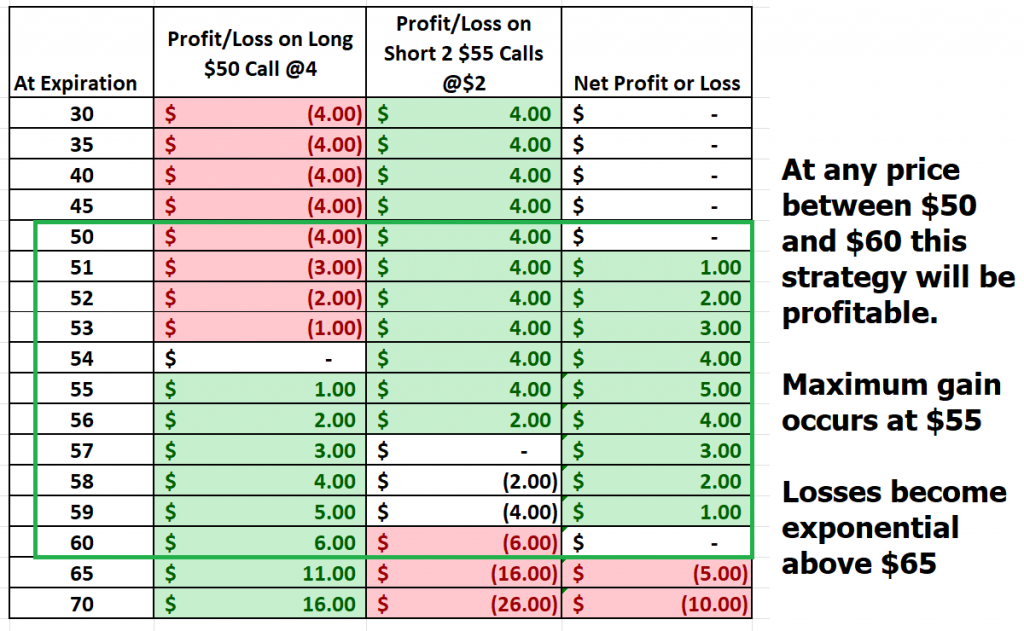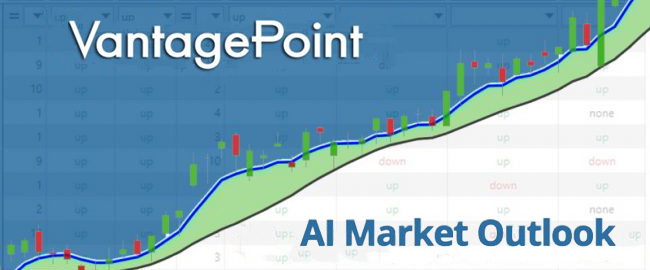What is your edge in trading? That is a very simple question and how you answer it will often dictate your long-term performance.
The beauty of Options trading is it’s often non-linear and allows a trader to create risk/reward scenarios with very high probabilities of profit. It requires education to be able to comprehend the risks and rewards of options strategies but once a trader understands the risks associated with selling options and how to protect themselves should the market work against them, it is possible to create strategies that will make money as long as certain price ranges are not violated at expiration. One such strategy is the CALL RATIO WRITE which we will discuss in this article.
Options are deteriorating assets. This means they have a predefined life cycle with fixed expiration dates. An option gives the buyer the right but not the obligation to buy or sell the underlying asset between now and an expiration date, in exchange for a premium payment that they make to the seller of the option. The seller or creator of the option collects that premium and has an obligation that they agree to fulfill in exchange for receiving the premium payment. Since an option only exists for a limited period, we can quickly determine how much it will decay every single day based upon a limited number of assumptions. Top options traders quickly become obsessed with the time decay of an option because they quickly discover that it is like receiving RENT payments from a tenant.

As the graphic above illustrates an options value declines exponentially in the last 30 days of its life cycle. Understanding this reality is what top options traders focus on in their trading. But inherent in this is the acknowledgement of always understanding the potential risk.
When a trader purchases a call option, they are buying the right to buy shares of an underlying security at a set price within a specific period. Call options are most used as a way to speculate on the future price movement of a security. When you buy a call option, you’re betting that the price of the underlying security will rise above the strike price before the expiration date. If your analysis is correct, you’ll be able to buy shares in the security at the strike price and sell them at the current market price, earning a profit. However, if the price of the underlying security doesn’t rise above the strike price by expiration, you’ll lose the entire premium payment which was used to purchase the call option. As such, purchasing call options are marketed as limited risk investments because the most you can lose is the amount of money that was paid in premium. But for investors who are willing to take on more risk in pursuit of higher potential rewards, call options can be a valuable addition to any portfolio.
On the inverse side, when a trader sells a call option, they collect the options premium and give the buyer the right to purchase shares of the underlying stock at the strike price between now and a fixed expiration date. The risk reward profile of someone who sells a call option is dependent on a few factors, including the strike price, the current stock price, and the time until expiration. The risk to a call options seller is very clearly defined and delineated. They have obligated themselves to deliver the underlying shares at an agreed upon price between now and expiration. Should the market rally sharply this risk can be quite substantial. For example, selling a call option naked means that you are collecting a premium and agreeing to make delivery of the underlying asset between now and a fixed expiration date. While the probabilities may favor most of the time the option will expire worthless, traders always have to make sure they understand the worst-case scenario because it is where the risk of ruin lays. However, the probabilities show that most of the time the risk is quite minimal. As such, selling call options involves a certain amount of risk. But if timed correctly, it can also be a lucrative way to make money. But the beauty of options trading is that this risk can be quantified very clearly, and steps can be taken to minimize or eliminate it should the market move against the trader.
A new trader would benefit from ready our complete analysis on buying and selling options which can be found below:
By understanding the risks and rewards of naked option buying and selling, traders often mix the strategies together which is called creating an options combination. The beauty of COMBINATIONS is that you can create risk reward profiles that make very attractive profits based upon certain trading ranges not being violated.
The ratio call spread is a neutral strategy in options trading that involves selling more options than they are buying to create a net credit on the same underlying stock and expiration date at a different strike price. This is a limited profit, theoretically unlimited risk options trading strategy that is taken when the options trader thinks that the underlying stock has limited upside potential and will experience declining volatility over the near term.
Using call options, a 1:2 call ratio write spread involves purchasing one at the money call option and selling two out of the money call options.
The simplest way of thinking about this is imagine that you are long 100 shares of stock at a specific price and simultaneously short 200 shares of stock at a slightly higher price. This strategy becomes very attractive as long as the price stays below the price where you are obligated to make delivery of the 200 shares of stock.
EXAMPLE:
Suppose XYZ stock is trading at $52 in November. An options trader executes a 1:2 ratio call spread strategy by buying a December 50 call for $400 and selling two December 55 calls for $200 each.
Let’s explore a handful of scenarios.
Scenario 1 is the stock goes to ZERO. Should this occur, all of the options expire worthless, and the trader breaks even on the trade. No muss. No fuss.
Scenario 2: The stock rallies to $55 per share at December Expiration. Should this scenario unfold, the trader would generate their maximum gain
On expiration in December, if XYZ stock is trading at $55, both the December 55 calls expire worthless while the long December 50 call expires in the money with $500 in intrinsic value. This is where the maximum profit occurs in this strategy.
Scenario 3: If XYZ stock rallies and is trading at $60 or above at expiration in December, all the options will expire in the money but because the trader has written more calls than they have bought, they will need to buy back the written calls which have increased in value. Each Dec 55 call written is now worth $500. However, the long December 50 call is worth $1000 and is just enough to offset the losses from the written calls. Therefore, they achieve breakeven at $60.
Scenario 4: Beyond $60 though, the losses become exponential because they are short twice as many calls as they are long.
Summarizing this strategy, you can see the trader breaks even if the stock falls and makes a profit if the stock rallies a little and loses money should the stock rally a lot.
The table and risk reward profile below highlight what the accounting would look like at expiration. At any price between $50 and $60) at expiration this option tactic will be profitable. Above $60 this tactic will generate losses. Above $65 per share the losses become exponential.


This strategy is attractive to the trader who recognizes the importance of staying power of their convictions. This strategy has a specific trading range where there is predefined risk and profit. As such it is very attractive to traders who manage risk not by day-to-day price swings but by looking at price over a slightly longer-term horizon.
Pros of this strategy
No Downside Risk
Any risk to the downside for the call ratio spread is limited to the debit taken to put on the spread (if any). There may even be a profit if a credit is received when putting on the spread. In this example, the trade collects $400 in premium while simultaneously paying $400 in premium for the long call so the stock can tumble to zero and there is no risk.
Breakeven Point(s)
The upside break-even point of $60 is where this trade needs to be monitored closely.
Above $60 per share exponential losses will occur. While this may sound horrific, in the example, the stock was trading at $52 when the trade was established. So, the stock would have to rally 16% between now and expiration for this risk potential to exist.
Cons of this strategy
A sharp rally above $60 or more between now and expiration would make this strategy a loser.
An option trader is not required to hold this trade through till expiration and can liquidate at any time. The risk reward profiles shown are what the values of all options would be at expiration.
The Call Ration Write options tactic works great in neutral to mild uptrends. I invite you to explore its effectiveness.
Since thousands of stocks now have weekly options expirations, this type of tactic is worthy of your time and study. Traders often joke with one another that they had long-term ideas and short-term money. This plight is quite common to traders who overleverage their trading accounts and take undo risk. With the CALL RATIO Spread this strategy is quite conservative and consistent most of the time.
The next time you study the charts on your favorite stock think about trading this tactic on paper. It will open your eyes to how professionals effectively manage risk.
What’s Your Best Chance to Make Money in The Financial Markets Today?
The Answer A.I. offers will surprise you. Today Artificial Intelligence, Machine Learning and Neural Networks are an absolute necessity in protecting your portfolio. Imagine if you received a forecast that was up to
87.4% accurate about the direction of an underlying stock or Index 1 to 3 days in advance. Would that be valuable to you?
Do you have the tools and knowledge of trading tactics to find the best trends and strategies at the right time in this economic environment?
What is your plan for maintaining the purchasing power of your portfolio as this trend accelerates?
I’d like to invite you to visit with us at one of our live Master Class Webinars where we show how artificial intelligence is the only means to stay consistently up to date on the risk and reward opportunities in this environment.
What all traders and investors want is an accurate, proven solution that alerts you when a high-probability trade is unfolding.
Intrigued? Visit with us and check out the a.i. at our Next Live Training.
Discover why artificial intelligence is the solution professional traders go-to for less risk, more rewards, and guaranteed peace of mind.
It’s not magic. It’s machine learning.
Make it count.
THERE IS A SUBSTANTIAL RISK OF LOSS ASSOCIATED WITH TRADING. ONLY RISK CAPITAL SHOULD BE USED TO TRADE. TRADING STOCKS, FUTURES, OPTIONS, FOREX, AND ETFs IS NOT SUITABLE FOR EVERYONE.IMPORTANT NOTICE!
DISCLAIMER: STOCKS, FUTURES, OPTIONS, ETFs AND CURRENCY TRADING ALL HAVE LARGE POTENTIAL REWARDS, BUT THEY ALSO HAVE LARGE POTENTIAL RISK. YOU MUST BE AWARE OF THE RISKS AND BE WILLING TO ACCEPT THEM IN ORDER TO INVEST IN THESE MARKETS. DON’T TRADE WITH MONEY YOU CAN’T AFFORD TO LOSE. THIS ARTICLE AND WEBSITE IS NEITHER A SOLICITATION NOR AN OFFER TO BUY/SELL FUTURES, OPTIONS, STOCKS, OR CURRENCIES. NO REPRESENTATION IS BEING MADE THAT ANY ACCOUNT WILL OR IS LIKELY TO ACHIEVE PROFITS OR LOSSES SIMILAR TO THOSE DISCUSSED ON THIS ARTICLE OR WEBSITE. THE PAST PERFORMANCE OF ANY TRADING SYSTEM OR METHODOLOGY IS NOT NECESSARILY INDICATIVE OF FUTURE RESULTS. CFTC RULE 4.41 – HYPOTHETICAL OR SIMULATED PERFORMANCE RESULTS HAVE CERTAIN LIMITATIONS. UNLIKE AN ACTUAL PERFORMANCE RECORD, SIMULATED RESULTS DO NOT REPRESENT ACTUAL TRADING. ALSO, SINCE THE TRADES HAVE NOT BEEN EXECUTED, THE RESULTS MAY HAVE UNDER-OR-OVER COMPENSATED FOR THE IMPACT, IF ANY, OF CERTAIN MARKET FACTORS, SUCH AS LACK OF LIQUIDITY. SIMULATED TRADING PROGRAMS IN GENERAL ARE ALSO SUBJECT TO THE FACT THAT THEY ARE DESIGNED WITH THE BENEFIT OF HINDSIGHT. NO REPRESENTATION IS BEING MADE THAT ANY ACCOUNT WILL OR IS LIKELY TO ACHIEVE PROFIT OR LOSSES SIMILAR TO THOSE SHOWN.








